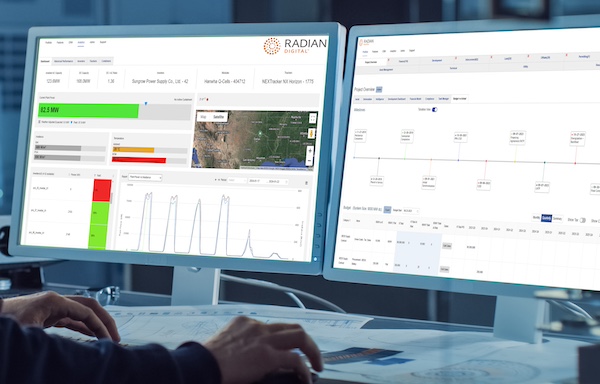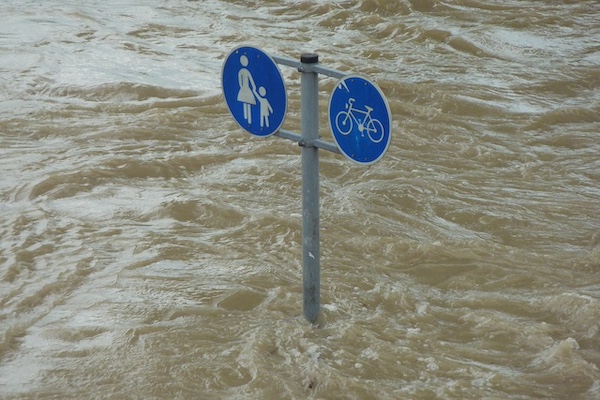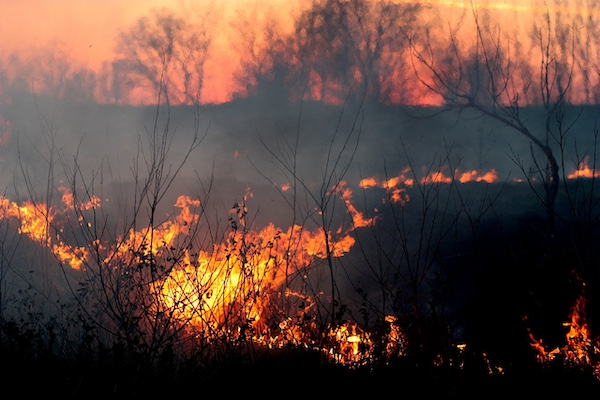Protecting the Renewable Grid Against Extreme Weather
In the last five years, North America has experienced a significant increase in severe weather events that have impacted power grids. In Canada, Alberta's electric system operator issued 17 provincial grid alerts since 2021, due to extreme weather conditions, compared to just four between 2017 and 2020. Similarly, the United States has seen a doubling of power outages tied to severe weather, from about 50 annually in the early 2000s, to over 100 annually on average in recent years. Notably, 2021 saw 20 separate billion-dollar weather and climate-related disasters, including winter storms, wildfires, floods, tornado outbreaks, and tropical cyclones. These events highlight the vulnerability of power systems to climate change related extreme weather, underscoring the need for enhanced grid resilience and reliability.

A single severe weather event can cause millions of dollars in damage. Most owners are already taking action to protect their assets from severe weather events to some degree, but there is always room for improvement. Owners and operators of renewable assets must also stay on top of the evolving regulations. Compliance consultants can be helpful in streamlining and simplifying the process of reporting, helping facilities mitigate risks by securing infrastructure and accelerating the recovery of key assets.
Preparing an emergency response plan
Preparing for these events requires having an emergency operations plan that is also part of meeting regulatory requirements. It includes weatherization, preparations, and inspection for incoming weather events, as well as annual training and record keeping attesting that you have completed the tasks for inspections. Owners should ensure that the operations and maintenance (O&M) providers are prepared to meet the requirements for the region.
Don’t forget the areas often overlooked in an emergency response plan, including hurricane preparedness, water shortage, pandemic and epidemic, and restoration of service, and ensure all site personnel are familiar with and trained on required protocols. While there is often no specified regulatory oversight when sites are being constructed, it is noteworthy to consider putting an emergency preparedness plan in place that meets the regulatory requirements.

Different countries, states, and provinces need to meet local regulatory requirements. Texas facilities, for example, are subject to the Public Utility Commission of Texas, and must have a program that considers the site’s critical components. Critical components are defined[1] as, “Any component of a resource or transmission facility that is susceptible to fail as a result of a weather emergency, the occurrence of which failure is likely to significantly hinder the ability of the resource or transmission facility to function as intended or, for a resource, is likely to lead to a trip, derate of more than five percent of the capacity represented in the resource’s seasonal net maximum sustainable rating or of the transmission facility’s rating, or failure to start.” This might include the GSU transformers, substation control houses, HVAC systems, etc.
Worker safety needs to be part of the plan, including adequate supplies for the crew, should they get stranded at a remote site during the weather event. This should include critical items like first aid kits, flashlights and batteries, satellite phones, and so on. All vehicles should have enough fuel to travel to the documented evacuation routes. Communication protocols need to be clear, and should include notification of changes in operational status and onsite staffing updates.
Cohesive communication plan for streamlined execution
Traditional power generators typically have one operator/owner compliance department, whereas renewable energy providers may have several involved parties, including owners, EPCs, and operators. Coordination and communication between these parties are key, especially if you are in the commissioning phase or development. The O&M team is eventually going to be taking on any kind of emergency response or weatherization, but they are unlikely to be around in the development stage, so it’s important to have all the information available in a digital platform where they can see the emergency response plan, site details, inventory, and what has been done and where.
Constant weather monitoring is a must. Knowing the timing and direction of an approaching severe weather system is vital to ensure a facility is best protected against the elements while optimizing power generation pre- and post-event. Renewable management platforms can feed weather data right into the operational process so managers can make data-driven decisions at the right time.
Be prepared for inspection
Owners can expect regulators to come on-site for inspection. Some regional regulators are using these visits to learn more about what is applicable to inverter-based resources. First on any regulator’s list is ensuring you have a program in place, and that personnel are trained on it. Like any auditor, the objective is to ensure, “we are doing what we say we are doing and here is our evidence to prove that”. If there are any deficiencies identified in your plan, you will get feedback so that you can revise your plan and bring it up to the best industry standards.
It is crucial that the owners and operators of the site can show a strong record of adherence to plans and regulatory compliance. Having this data on a digital platform is better for tracking, and provides quick access to requested information.
Stay on top of regulatory compliance
Keeping up to date on the evolving regulatory landscape can be managed in a digital platform that provides a process, evidence, and an auditable trail. Managers can track maintenance equipment workflow, see what was done and by whom, as well as comment, review, and approve work orders. This trail can feed directly into a compliance console, allowing stakeholders to see the status of compliance and confirm the absence of reportable incidents with a few clicks.
Being compliant can also help save millions of dollars by reducing damage and ensuring that facilities continue to produce expected power and supply the grid, both during and after severe weather events. Most regulators stress the importance of training, maintenance, and documentation, and want to see evidence that this is being done.

Take stock after the event
The resilience of the power grid against such extreme weather conditions remains a critical concern as climate change continues to exacerbate the severity and frequency of these disasters. It is important to document lessons learned after a significant weather event has occurred. No event will be the same, so recording as much information as possible and having it digitally accessible for historical analysis will help to better prepare for the next event.
Loggan Purpura is Senior Manager of Compliance for Radian Generation, a global provider of services and products to help manage the assets of renewable facilities.
Radian Generation | radiangen.com
[1] https://www.puc.texas.gov/agency/rulesnlaws/subrules/electric/25.55/25.55.pdf
Author: Loggan Purpura
Volume: 2024 May/June








